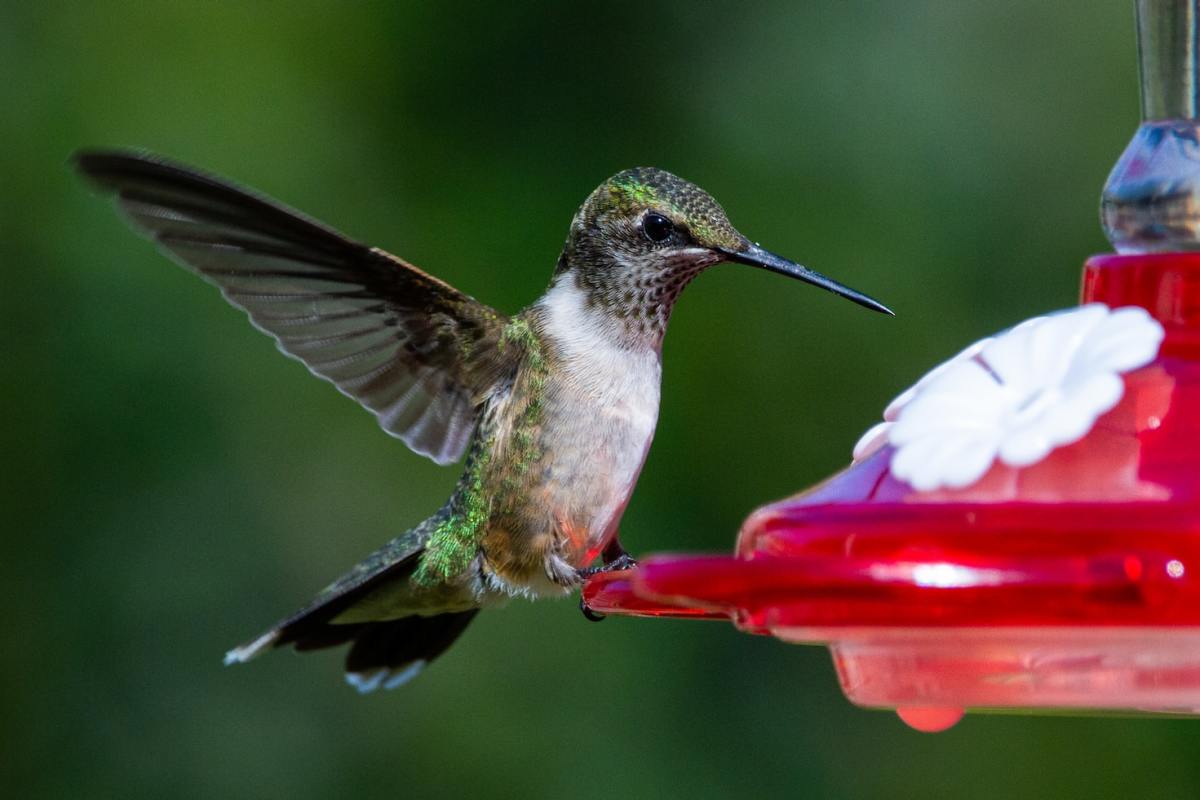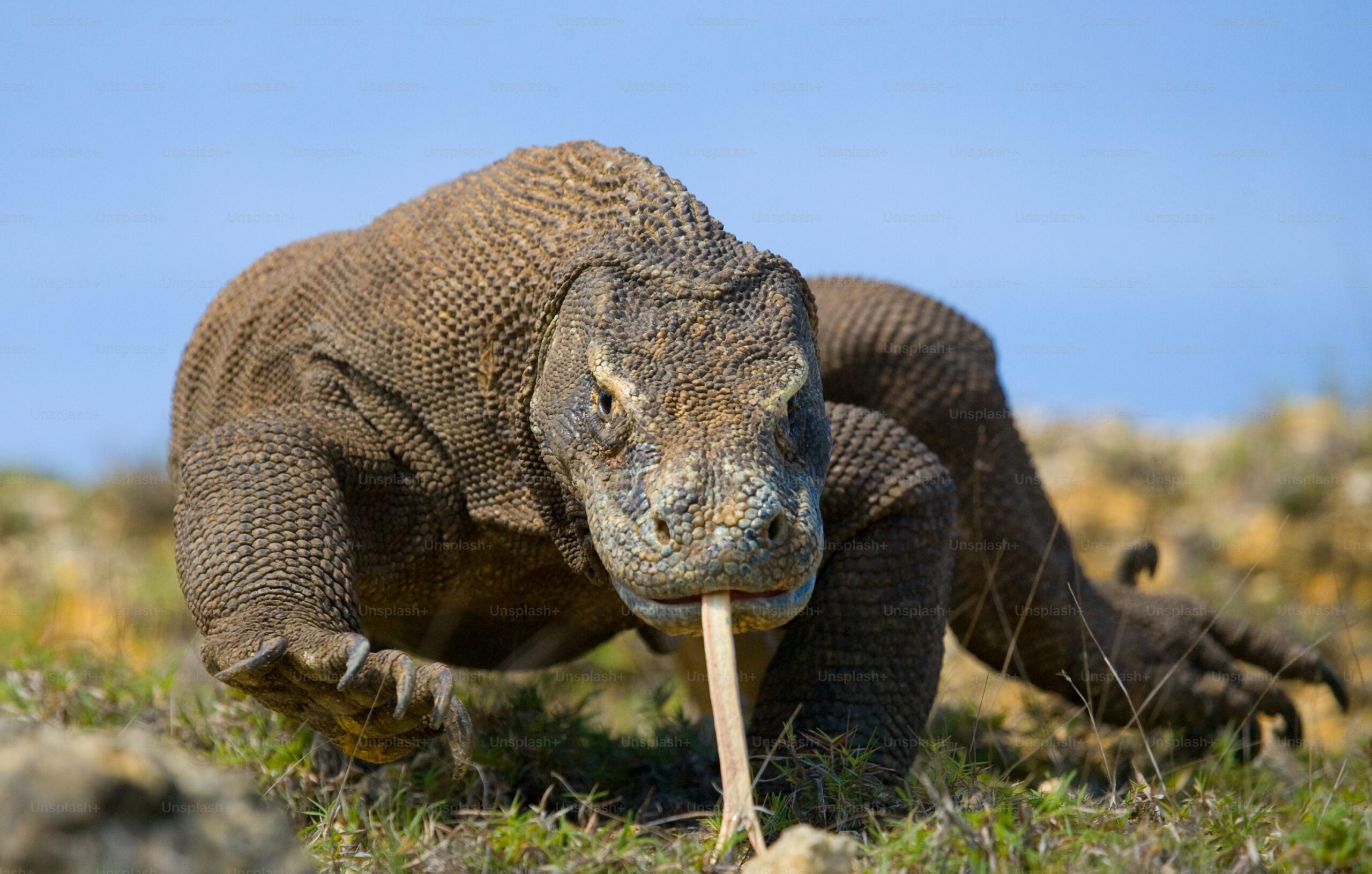Creating a Hummingbird-Friendly Garden for Migrating Birds
Hummingbirds are fascinating creatures known for their vibrant colors, unique hovering ability, and long migratory journeys. As these tiny birds travel great distances, they rely on finding suitable habitats with abundant food sources along the way. By creating a hummingbird-friendly garden, you can help support these beautiful birds during their migration and provide them with a safe haven to rest and refuel. Here are some tips on how to attract and nurture hummingbirds in your garden.
1. Choose Native Plants
One of the most important steps in creating a hummingbird-friendly garden is selecting native plants that provide nectar-rich flowers. Native plants are well-adapted to the local climate and soil conditions, making them attractive to hummingbirds. Some popular native plants that hummingbirds love include trumpet vine, bee balm, cardinal flower, and salvia. Plant a variety of flowers that bloom at different times of the year to ensure a continuous nectar supply for the birds.

2. Provide Shelter and Perches
In addition to nectar-rich flowers, hummingbirds also need shelter and perches to rest and protect themselves from predators. Planting trees and shrubs with dense foliage can offer hiding spots and nesting sites for hummingbirds. Adding perches such as small branches or trellises can give the birds a place to rest between feeding flights. Creating a diverse habitat with both open spaces and sheltered areas will make your garden more attractive to migrating hummingbirds.

3. Offer Fresh Water Sources
Hummingbirds not only need nectar for energy but also require fresh water for drinking and bathing. Providing a shallow birdbath or a water mister can attract hummingbirds to your garden and help them stay hydrated during their long journey. Make sure to clean and refill the water source regularly to prevent the growth of harmful bacteria and keep it fresh for the birds.

4. Avoid Pesticides and Chemicals
To maintain a healthy environment for hummingbirds and other wildlife, it is essential to avoid using pesticides and chemicals in your garden. These toxic substances can harm the birds directly or contaminate their food sources, leading to negative impacts on their health. Instead, opt for natural pest control methods and organic gardening practices to create a safe and sustainable habitat for hummingbirds.

Conclusion
Creating a hummingbird-friendly garden is a rewarding way to support these amazing birds during their migration. By choosing native plants, providing shelter and perches, offering fresh water sources, and avoiding pesticides, you can attract hummingbirds to your garden and help them thrive. With a little effort and care, you can turn your outdoor space into a welcoming oasis for these tiny travelers and enjoy the beauty and wonder they bring to your surroundings.


